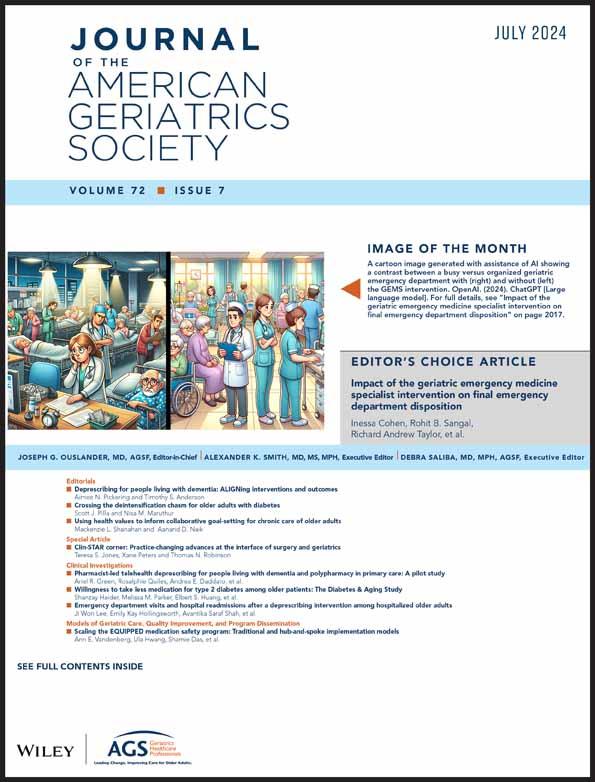Headline
Fully integrated dual eligible (FIDE) plans were associated with improved care outcomes for certain subpopulations of dually eligible older adults.
Background
FIDE plans are a type of Medicare Advantage dual eligible special needs plan (D-SNP) that offers enhanced service coordination across Medicaid and Medicare for people who are eligible for both programs, beyond what is traditionally offered by D-SNPs. Limited evidence is available on the effectiveness of these plans to improve outcomes related to hospitalizations, emergency department visits, discharges to home, and use of long-term nursing facility and home- and community-based services (HCBS). This study used encounter and claims data across six states to measure differences in FIDE and non-FIDE plan enrollee utilization.
Findings
This study found no significant overall health care utilization differences across FIDE and non-FIDE plan enrollees. Analyses of enrollee subpopulations revealed some differences, including that FIDE plan enrollees with Alzheimer’s disease and related dementias had greater rates of nursing facility and HCBS use and, among FIDE enrollees who used HCBS, there were fewer hospitalizations and a greater likelihood of discharges to their home. For FIDE plan enrollees with high needs living in the community, fewer hospitalizations were also observed.
Takeaways
Specific subpopulations of dually eligible individuals may experience greater care integration as a result of FIDE plan enrollment.

